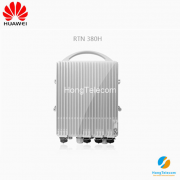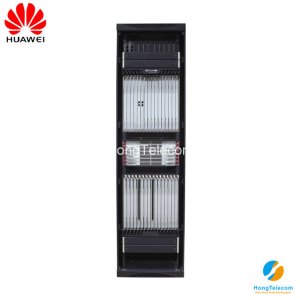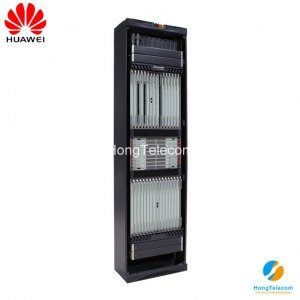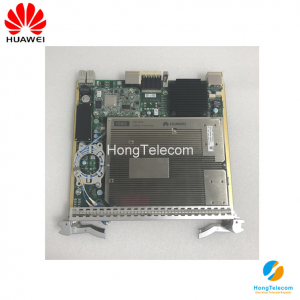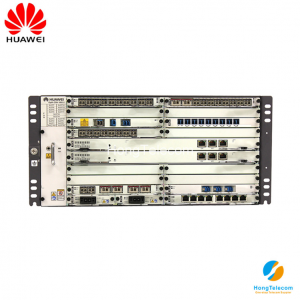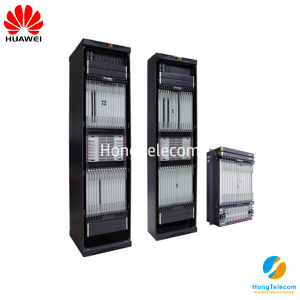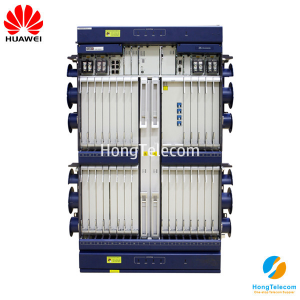SHXA2 SXA3 Board Huawei RTN 310
$4,800.00 $2,100.00
Brand: Huawei
Model: OptiX RTN 310
Detail: Huawei OptiX RTN 310 Radio Transport System
Condition: 100% New
Availability: IN STOCK
- Description
- Features
- Ordering information
- Inquiry
OptiX RTN 310 (RTN 310 for short) is a full-outdoor product in the OptiX RTN radio transmission system series.
SLC1SHXA2 SLC1SXA3 SHXA2 SXA3 Board Huawei RTN 310
Similar products:OptiX PMP 450,OptiX RTN 310,OptiX RTN 320,OptiX RTN 360,OptiX RTN 380,OptiX RTN 380e,OptiX RTN 905,OptiX RTN 905e,OptiX RTN 910,OptiX RTN 910A,OptiX RTN 950,OptiX RTN 950A,OptiX RTN 980,OptiX RTN 980L,RTN XMC,RTN380A,RTN380H,RTN510
Equipment Model
The RTN 310 supports the integrated model.
All functions of the RTN 310 are integrated in an outdoor chassis, which helps to implement zero footprint installation and improves installation efficiency. See Figure 1.
Two types of integrated RTN 310 are available: RTN 310 housing an SLC1SHXA2 board and RTN 310 housing an SLC1SXA3 board. Table 1 shows their differences.
| Item | RTN 310 Housing an SHXA2 Board | RTN 310 Housing an SXA3 Board |
| Frequency band | 13 GHz, 15 GHz, 18 GHz, 23 GHz, and 38 GHz | 7 GHz, 8 GHz, 11 GHz, 13 GHz, 15 GHz, 18 GHz, 26 GHz, 28 GHz, 32 GHz and 38 GHz. |
| Power supply mode | Power over Ethernet or DC | Power over Ethernet |
| Service port | One GE optical port + one GE electrical port, or two optical ports | Two GE optical ports + one GE electrical port |
![]() NOTE:
NOTE:
Positioning
The RTN 310 is used to provide transmission solutions with low network construction cost for mobile communication networks and private networks.
Compared with the traditional split microwave equipment, the RTN 310 integrates all its functions in an outdoor chassis, thereby implementing zero footprint installation. Therefore, the RTN 310 can provide carriers with full-outdoor radio transmission solutions with low network construction cost and operating expense.
The RTN 310 supports flexible networking. RTN 310s can form ring or chain backhaul networks for various IP base stations on existing or new networks.
The RTN 310 supports 2048QAM, XPIC, PLA, and 1+1 HSB/FD/SD. It can provide high-bandwidth backhaul links for high-capacity 3G/LTE base stations.
The main RTN 310 applications on mobile communication networks are as follows:
- RTN 310 independently form tree or ring backhaul networks to provide links with high capacity, bandwidth, and reliability for 3G/LTE base stations. See Figure 1.
- The RTN 310 works with the existing OptiX RTN 900 to provide multi-directional aggregation sites and more functions. See Figure 2.
- The RTN 310 works with the ATN to provide a microwave channel solution for transparent transmission on the IP RAN. See Figure 3.
- Work with the RTN 380H housing MXXI5 boards to form a full-outdoor Super Dual Band solution. With this solution, zero footprint as well as large-bandwidth and long-distance mobile backhaul links can be provided. This solution applies to tail sites without outdoor cabinets or equipment rooms. See Figure 4.
Specifications
The RTN 310's specifications meet the requirements of mobile backhaul and private network backhaul.
Table 1 lists the main specifications of the RTN 310.
| Item | Specifications |
| Appearance |  |
| Microwave type | IP microwave over native Ethernet and over PWE3 Ethernet |
| Frequency bands | 7/8/11/13/15/18/23/26/28/32/38 GHz |
| Channel spacings | 7/14/28/40/56 MHz |
| Modulation schemes | QPSK Strong/QPSK/16QAM Strong/16QAM/32QAM/64QAM/128QAM/256QAM/512QAM/512QAM Light/1024QAM/1024QAM Light/2048QAM
NOTE: The difference between strong/light modulation schemes and normal modulation schemes lies in FEC encoding parameters. Strong modulation schemes have stronger error correction capabilities, which means higher receiver sensitivity but lower air interface bandwidth. Light modulation schemes have poorer error correction capabilities, which result in lower receiver sensitivity but higher air interface bandwidth.
|
| Capacity |
|
| RF configuration modes |
|
| Channel configuration modes |
|
| AM | Supported |
| ATPC | Supported |
| Ethernet frame header compression | Supported |
| Super Dual Band | Support for working with the RTN 380H housing the MXXI5 board to form a full-outdoor Super Dual Band solution |
| PLA | Supported |
| LLDP | Supported |
| Service ports |
|
| Service types |
|
| QoS/HQoS | Supported |
| MPLS tunnel | Supported |
| PWE3 | Supported |
| Clock features |
|
| Power supply modes | Power over Ethernet (power supply through the PI or other specified power supply equipment) |
| Chassis dimensions (H x W x D) |
|
| Antenna | Single-polarized antennas and dual-polarized antennas with a diameter of 0.3 m to 1.2 m as well as the corresponding antenna feeder accessories |
Site Configurations
RTN 310s, which can be cascaded, are not only able to form 1+0 sites, but also 2+0, cross polarization interference cancellation (XPIC), 1+1, and multi-direction sites.
- 1+0 Sites
- A 1+0 site provides a one-direction working microwave link.
- 2+0 Sites
- A 2+0 site provides two one-direction unprotected microwave links.
- XPIC Sites
- Cross polarization interference cancellation (XPIC) sites are special 2+0 sites. The two microwave links provided by an XPIC site operate at the same frequency, but their polarization directions are orthogonal. Any signal interference between the two microwave links is automatically canceled by the XPIC function.
- 1+1 Sites
- A 1+1 site provides a microwave link protection system that comprises one main microwave link and one standby microwave link in the same direction. Depending on configurations, a 1+1 site can provide 1+1 hot standby (HSB), 1+1 frequency diversity (FD), or 1+1 space diversity (SD) protection for its microwave links.
- Multi-direction Sites
- A multi-direction site provides multi-direction microwave links.
Model: OptiX RTN 310
Detail: Huawei OptiX RTN 310 Radio Transport System
Availability: IN STOCK

